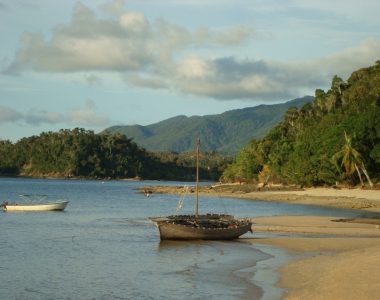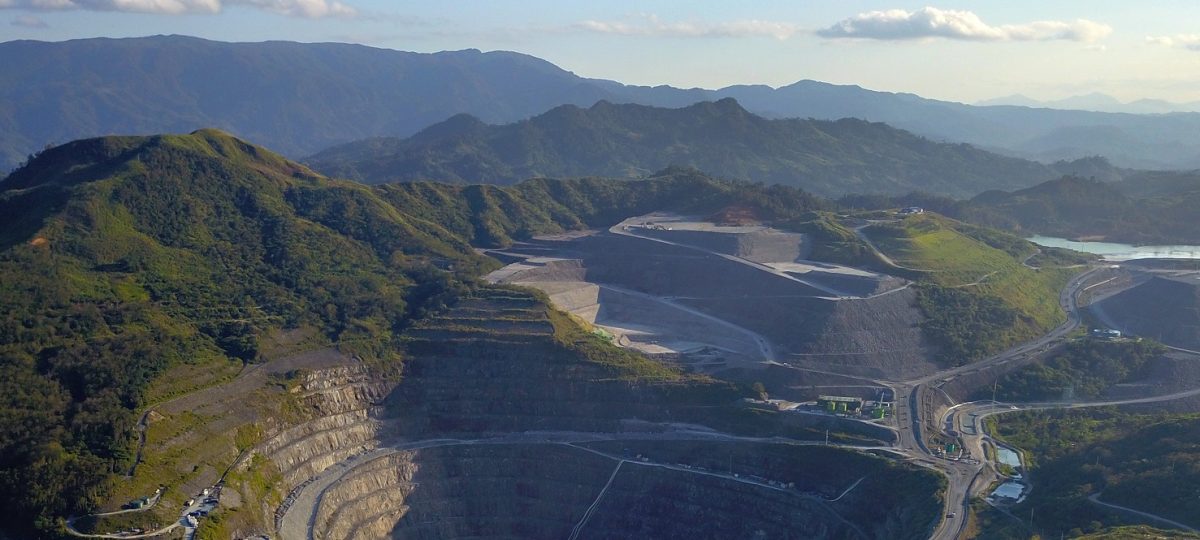Mining provides society with a range of essential materials, such as nickel, copper and cobalt. These metals and minerals are used in countless machines and industrial processes, from batteries and cars to paint and microwave ovens. However, the extraction of these minerals goes hand in hand with major losses of biodiversity, especially as a result of deforestation and pollution. To limit these losses, IUCN NL is working towards elimination of these destructive (and often illegal) practices, and is committed to push for socially and ecologically sound governance of mineral resources.
Facts & figures
- Almost 10% of deforestation in the Amazon is caused by the mining industry.
- IUCN believes that mining and oil extraction are incompatible with the objectives of protected areas and advocates the law prohibiting exploration and extraction in protected areas of IUCN categories 1 to 4 inclusive
- Mining is the fourth largest driver of deforestation [1]World Bank – PROFOR, 2019
- Almost 10% of deforestation in the Amazon is caused by the mining industry.
- IUCN believes that mining and oil extraction are incompatible with the objectives of protected areas and advocates the law prohibiting exploration and extraction in protected areas of IUCN categories 1 to 4 inclusive
- Mining is the fourth largest driver of deforestation [2]World Bank – PROFOR, 2019
IUCN NL supports civil society organisations that defend nature and local communities in mining areas. Our efforts focus on three aspects of the mining process: value chain transparency, legal compliance with National laws and regulations and commitment to leading international performance standards. The political situation in the country concerned, the phase of the mining plans and the companies involved determine the aspect that takes priority.
Chain transparency in the metal sector
Transparency throughout the value chain as a whole is crucial to ensure responsible management of raw materials, from the decision-making process related to issuing the permits to extracting and processing the materials. Every company that processes products obtained through mining, must be aware of the origin of and circumstances under which the minerals were extracted. IUCN NL encourages companies in the metal sector to maximize value chain transparency. One way of doing this is participating in sector specific International Responsible Business Conduct (IRBC) Agreements.
Insight into development scenarios
Transparency at the local, mine site level is also a prerequisite for defending long-term public interest in the mining landscapes. Citizens and local authorities must be informed about new mining plans in a timely manner. During this early phase they can exert optimal influence. We also stimulate public debate on the long-term consequences of different development scenarios. Our basic principle is that all mining operations should yield net societal benefit for the host country and communities and that it will leave the opportunity for future generations to be proud of their natural heritage. Another important aspect in this regard is the transparency in public money flows: what is the income from mining? What is it spent on? Therefore, we work, where possible, with the worldwide Extractive Industries Transparency Initiative (EITI) on greater (financial) transparency in the minerals sector.
‘The involvement of critical citizens and civil society is the key to responsible mining.’
Razakamanarina Ndranto, AVG (local partner organisation of IUCN NL in Madagascar)
Anticipating mining in Madagascar
Madagascar is home to incredible biodiversity and a wealth of mineral deposits. Mining is currently still in its infancy, but that will inevitably change in the foreseeable future. The government as well as civil society are not yet sufficiently prepared for large scale mining. Against this background, IUCN NL has organised knowledge exchange between NGOs from Madagascar and local partner organisations from the Philippines – a country where people have considerable experience with the mining sector. We also provided help in the analysis of the current legal contexts. The objective of our collective efforts: to incorporate checks and balances to minimise the damage to the natural ecosystem and ensure that mining benefits the areas in which it takes place including the local communities. When we look ahead, across generations, the balance between negative and positive impacts of the mining sector must be positive for society as a whole If not, anticipated mining operations should not take place.
Photo: Coast of Madagascar with fishing boats © Rob Glastra


Transparent and robust laws and regulations
Together with our local partner organisations we work on increasing awareness of the laws and regulations and the international standards with which mining operations should comply. With this knowledge, our local partners can remind the authorities of their task to ensure compliance with these rules and assist when opportune. For example, in many protected areas mining permits are being issued even though mining is prohibited by law.
If existing laws and regulations are inadequate we advocate for laws that provide guarantees for better protection of the natural environment. This is desperately needed because many local and national economies rely directly on these natural ecosystems.
‘Ecosystem services, such as soil fertility, protection against extreme weather and provisioning of drinking water, are needed for years to come, whereas a mine by definition, only has a limited lifespan.’
Mark van der Wal, senior advisor Extractives and Ecology at IUCN NL
Encouraging companies to pursue higher sustainability requirements
Besides existing laws and regulations, there are voluntary performance standards to which mining companies can commit. These sector-wide standards often impose stricter sustainability requirements than national laws and regulations. We encourage companies to publicly commit to these kinds of standards and guidelines, such as those of the progressive IRMA standard (Initiative for Responsible Mining Assurance). Many multinationals are responsive in this regard, partly because an increasing number of investors are imposing requirements in this field.
Firm agreements on nature restoration
When a mine is eventually closed, the landscape is often seriously affected by the mining operations and the surrounding infrastructure. It frequently leaves a lunar-like landscape in its wake, from which life has almost completely vanished. This is why IUCN NL and partners strive for effective post-mining restoration plans. Where possible we jointly examine post mining-restoration plans: the quality of the actual plans, the corresponding financial guarantees and responsibility once the mining company has left. Needless to say the mandated authorities should be held accountable, in order to assure that the biodiversity can return and ecosystem services are effectively safeguarded for future generations.
Want to know more?
Publications
Links
More information


